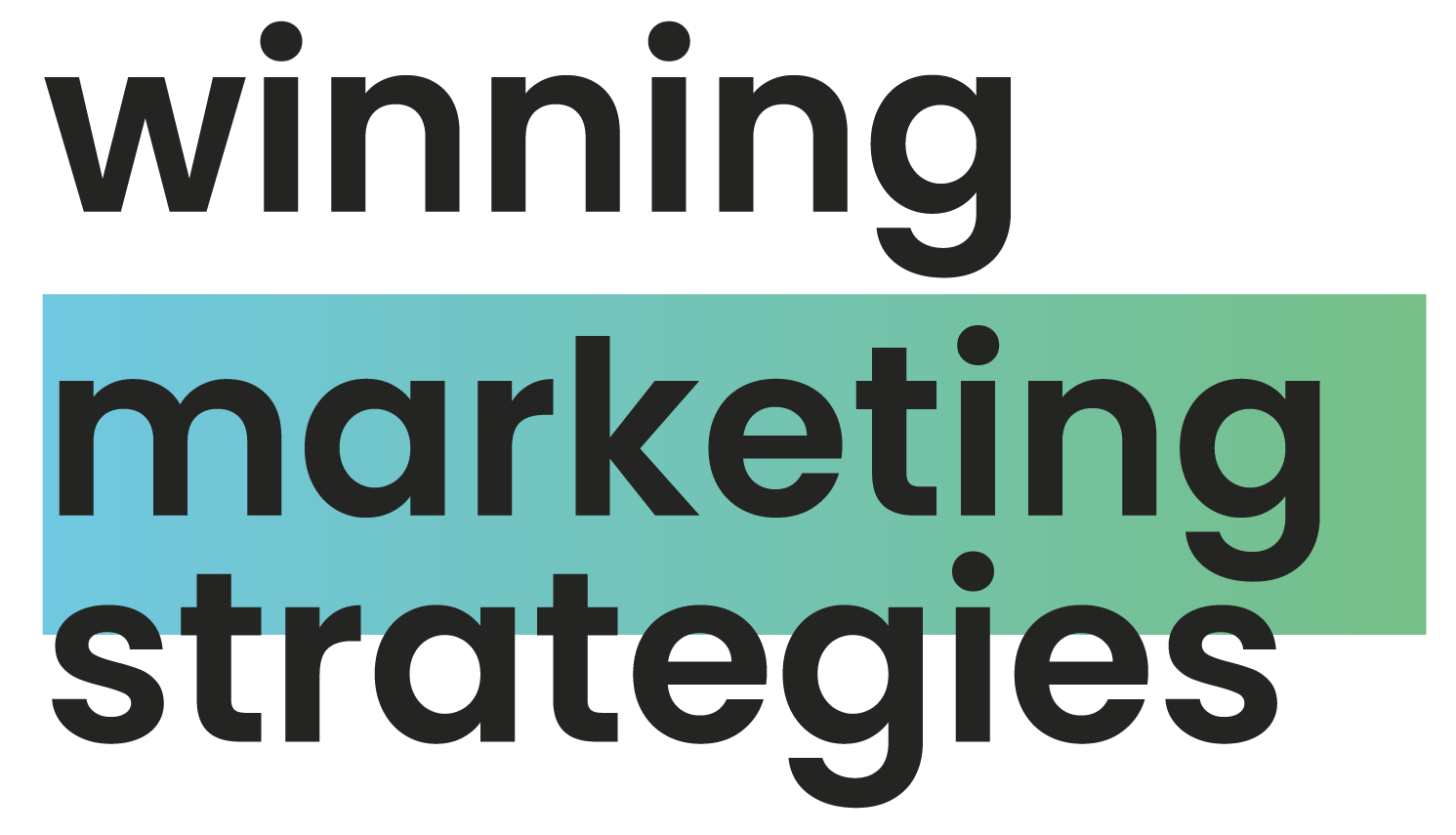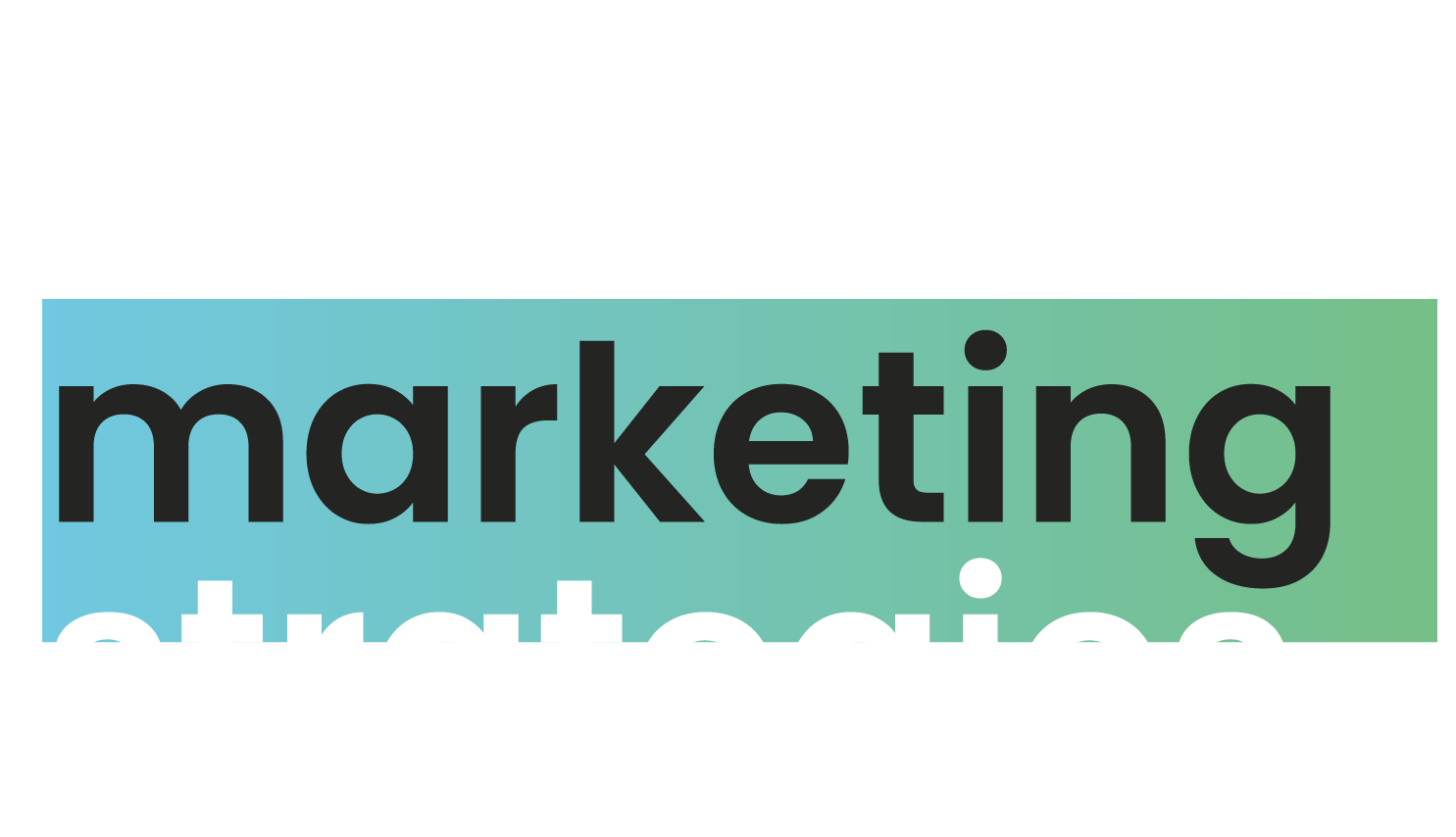
A good website redesign can boost your business’s online look and help...
Read More
Google Local Service Ads (LSAs) can change the game for medical spas...
Read More
Having a strong online presence is essential for medical spas. Using SEO...
Read More
In today’s world, knowing SEO is key for electricians. It helps you get...
Read More
In the world of medical spa marketing, a great PPC landing page...
Read More
In today’s digital age, electricians need to understand the power of a...
Read More
Creating effective semaglutide weight loss marketing content needs a strategic plan that...
Read More
Choosing the right name for your electrical company is key to success....
Read More
Knowing how to market cosmetic procedures is key to success in today’s...
Read More
Branding is key in today’s competitive market, especially for electrical businesses. A...
Read More


